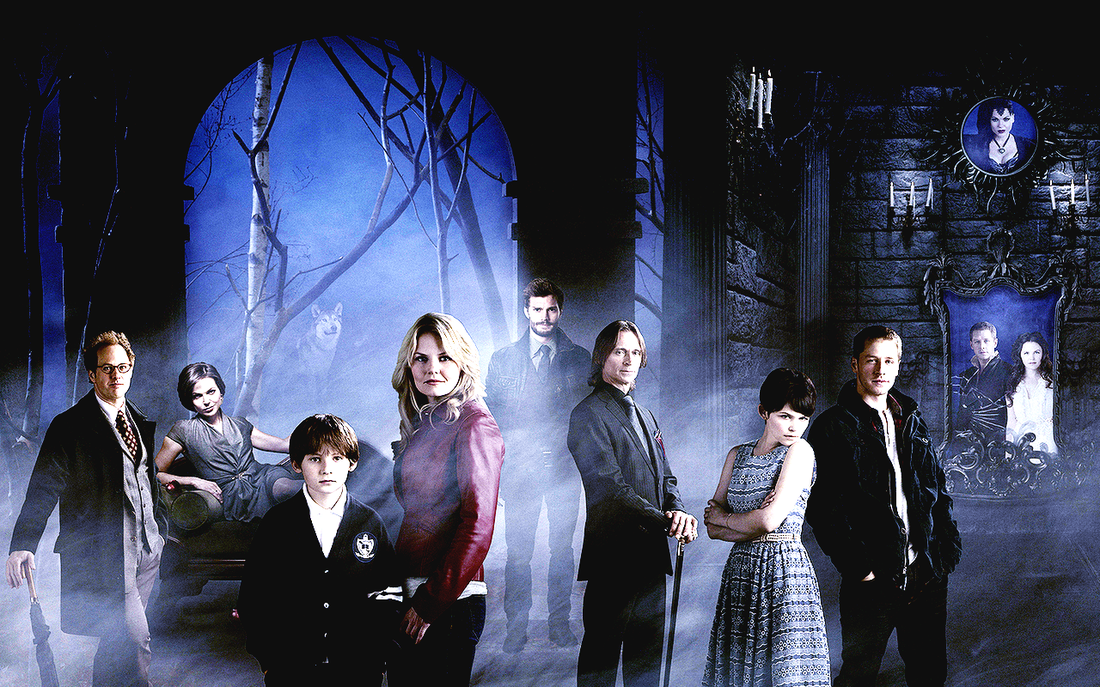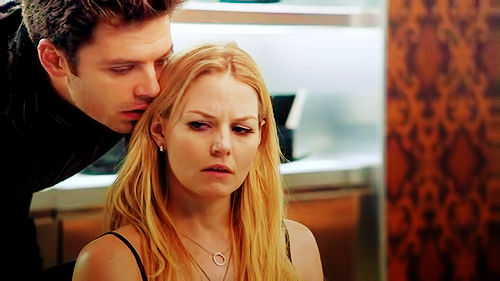|
Enchanted Zombies Teresa Martin--@Teresa__Martin There have been many fantastical creatures to which fans of Once Upon a Time have been treated including ogres, wraiths, and dragons, to name a few. The most recent monsters to visit the Enchanted Forest have been zombies, presented with the now classic Once Upon a Time twist. The history of these creatures encompasses an extensive lore originating from the earliest civilizations in all continents. However, zombies, explicitly as they are named and most well known in the Twenty-First Century, have traced their roots directly from Voodoo traditions in Haiti. It is these upon which the writers of Once Upon a Time drew for their incarnation and lead to the reason why these creatures are not merely a random choice, but rather most appropriately featured in the Season Two story arc. The word “zombie” is defined by Brad Steiger as “a reanimated corpse . . . brought to life to serve as slave labor.” The belief that such beings exist was brought from Africa to the Caribbean and Southern states by the slaves who practiced Voodoo. “Voodoo holds that a supernatural power or essence may enter into and reanimate a dead body (Steiger 5-6).” The more ancient incarnations of this creature were chronicled in the History Channel documentary Zombies: A Living History which includes the Chinese Jiang Shi, a corpse brought back to life (Abramowitz). This undead predator hops about and pounces on humans, feeding on their life-essence. Human victims of the Jiang Shi will resurrect and become the very creatures which brought about their deaths (Radford). Also listed by the documentary is the Arabic Ghoul, a demon that eats human victims, the Draugr of Scandinavia that swallows its victims whole, and the Revenant of England which terrorizes family members and shares many characteristics with a vampire. An ancient source mentioned in Zombies is The Epic of Gilgamesh in which Ishtar wishes for the Bull of Heaven to kill Gilgamesh. He declares in Tablet VI: "If you do not give me the Bull of Heaven,
I will knock down the Gates of the Netherworld, I will smash the door posts, and leave the doors flat down, and will let the dead go up to eat the living!”
0 Comments
These are not concepts reserved to the very young. Ultimately this is what fairy tales are: stories, albeit with certain characteristics that have been observed by later scholars. J.R.R Tolkien commented in his essay:
And actually fairy-stories deal largely, or (the better ones) mainly, with simple or fundamental Things, untouched by Fantasy, but these simplicities are made all the more luminous by their setting. For the story-maker who allows himself to be ‘free with’ Nature can be her lover not her slave. It was in fairy-stories that I first divined the potency of the words, and the wonder of the things, such as stone, and wood, and iron; tree and grass; house and fire; bread and wine. How then did works of this genre begin to receive the reputation of being children’s literature? Tolkien notes that is “an accident of our domestic history . . . .” and explicitly states that “ . . . . fairy-stories should not be specially associated with children.” This “accident of domestic history” includes the fact that many fairy tales were told in the nursery by nannies spreading the oral tales they heard while growing up. The popular children’s adaptations of the Twentieth Century helped perpetuate this perception, especially the Disney movies. Yet just because people view these as stories for children, do not make them so. G.K. Chesterton obliquely asserted this when he wrote that “A fairy tale is a tale told in a morbid age to the only remaining sane person, a child.” Science Fiction Double Feature: Doctor Frankenstein and Literary Genres in Once Upon a Time8/11/2012 by Lori J. Fitzgerald
Jefferson: Stories. Stories. What’s a story? When you were in high school did you learn about the Civil War? How? Did you read about it, perchance, in a book? How is that any less real than any other book? Emma: History books are based on history. Jefferson: And story books are based on what? Imagination. Where does that come from? It has to come from somewhere. You know what the issue is with this world? Everyone wants some magical solution for their problem and everyone refuses to believe in magic…. Emma: This is it. This is the real world. Jefferson: A real world. How arrogant are you to think yours is the only one? There are infinite more. You have to open your mind. They touch one another, pressing up in a long line of lands, each just as real as the last. All have their own rules. Some have magic, some don’t. And some need magic. Like this one. Once Upon a Time, Episode 1x17, “Hat Trick” |
OriginsExplore the Arthurian legend surrounding Lancelot, take a trip into the woods to discover the mythology behind Red Riding Hood or learn more about a modern day hero called Snow White. Origins provides unique insights and perspectives from talented writers into the characters we know and love, going far beyond the boundaries of Storybrooke. Archives
August 2016
Categories
All
|



